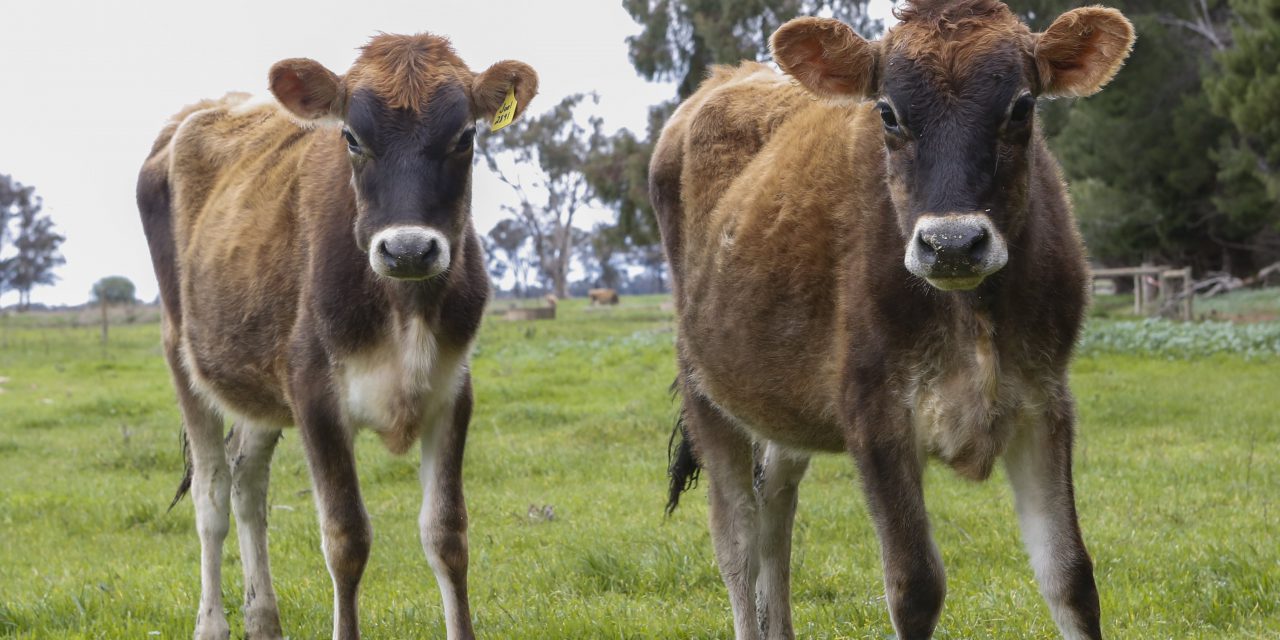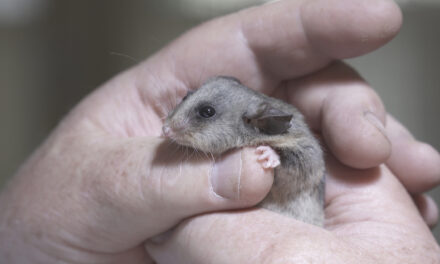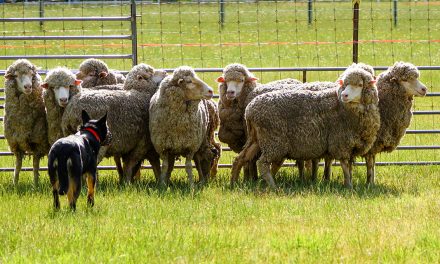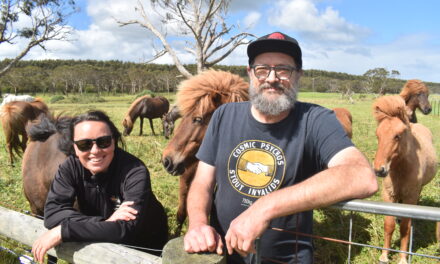Australia will be better prepared to manage significant animal biosecurity threats, such as African swine fever (ASF), through a new comprehensive online field guide for emergency animal diseases.
Head of Biosecurity, Lyn O’Connell, said the guide will help vets with early detection, diagnosis and control of exotic and emerging infectious diseases in livestock.
“Early identification and reporting is critical to minimise the devastating impact that these diseases can pose for our animals, industries, jobs and environment,” Ms O’Connell said.
“ASF and Foot and Mouth Disease could wipe out industries, jobs, impact on trade and availability of the Australian produce we all enjoy, so we need to be as prepared as possible because the threat is real.
“Australia’s vets are vital for biosecurity. If the unthinkable happened and a significant animal disease was to hit our shores, our vets would play a key role in managing and minimising the risks.
“This guide will help vets identify emergency animal diseases in the field, ensure they consider priority diseases when conducting diagnosis and take appropriate action when they suspect signs of a biosecurity threat.
“The disease list included in the guide will be reviewed and updated to address emerging threats so we are best placed to manage them as they arise.
“We have some of the best vets in the world and this gives them another tool to improve the work they do in protecting Australia from deadly animal diseases.”
The guide is in addition to a range of measures in place to better manage animal biosecurity threats.
This includes increased intervention measures at our borders, testing of intercepted meat produce for ASF and FMD, as well as stronger enforcement approaches for biosecurity breaches relating to meat products.
A roundtable was recently held between leaders, scientists and governments to discuss the actions needed to keep African swine fever out of Australia.
A simulation exercise will also be held later this year to test our disease response capabilities to make sure we’re as prepared as we can be.
The field guide was produced by the Department of Agriculture and Australia’s Animal Health Laboratory.
The 270 page resource is available on the Outbreak website at outbreak.gov.au/for-vets-and-scientists/emergency-animal-diseases-guide.








